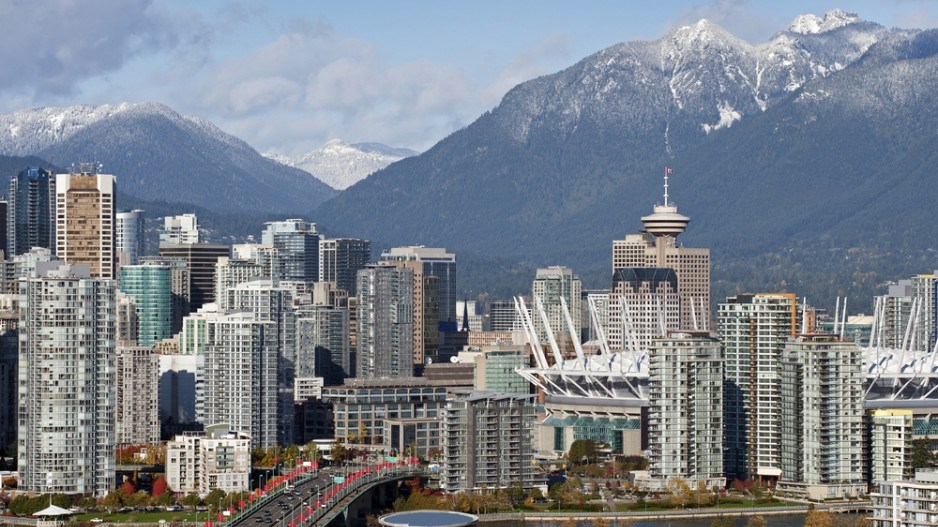Eastern orientation
“Canada’s economic future is on the seaway,” said Mark Levy, the U.S.-based managing director and lead of Jones Lang LaSalle’s (JLL) ports, airports and global infrastructure group, on the release of JLL’s Seaport Outlook report two months ago.
While Vancouver is Canada’s busiest port, its ongoing strength means fewer upside opportunities than Halifax and Montreal enjoy versus their capacity-constrained counterparts along the U.S. East Coast. A similar message permeates the latest edition of PwC’s annual report for the Urban Land Institute (ULI), Emerging Trends in Real Estate 2016, which identifies the Toronto and Montreal markets among the top-ranked markets in Canada for investment.
“After three years of topping the Canadian ‘markets to watch’ list, Calgary and Edmonton have slipped to mid-table as Vancouver, Toronto and Montreal rise to the top,” the report states.
Vancouver remains the country’s top market for investment, development and housing in 2016, but the balance of favour has shifted east as the industrial fortunes of Toronto and Montreal trump those of erstwhile powerhouse Alberta.
Alberta angst
Wave after wave of layoffs has meant dark days for Alberta, with 96 layoffs of 50 or more people this year alone. Close to 11,000 of those lost jobs have occurred in the oil and gas sector.
The ripple effect on industrial real estate is direct, said Ross Moore, director of research for CBRE Ltd.
Calgary has been a hub for industrial development in recent years, attracting enough investment to eat away at Toronto’s dominant position, but Toronto remains the epicentre of industrial activity thanks to its central position.
“Toronto is not there as an entry point in terms of sea,” Moore said, “but rail and truck? Absolutely.”
While the city isn’t a major seaport and has lost ground to Calgary and Edmonton, it remains a dominant player in Eastern Canada.
“Outside of Vancouver, it’s all Mississauga, Brampton,” he said, pointing to municipalities on the west side of the Greater Toronto Area. “That’s been a little bit different recently because we’ve had so much built in Alberta, but that’s changing, and I would suspect it will go to near zero [in Alberta] pretty quickly.”
To wit, while Sobeys is taking over a 1.3-million-square-foot distribution centre in Calgary formerly used by Target, Canadian Tire has built a 1.5-million-square-foot facility in Bolton (just north of Mississauga) to serve the Ontario market and points east.
In the game
But the activity east of the Rockies doesn’t mean Vancouver is off its game.
“As with anything, it’s never quite that cut and dry,” said Moore.
While cities in the rest of the country jostle for dominance, Vancouver sails along as a favourite port in a storm for investors and developers alike.
“Vancouver, by a country mile, is the No. 1 port in the country,” Moore said.
This means strong demand for local real estate, and that’s especially true for industrial real estate, in the opinion of Emerging Trends.
“Industrial property across much of the country is poised for growth in the current export-friendly environment,” the report states, with Vancouver’s prospects topping the charts for the year ahead.
Slower economic growth is driving capital into stable investments, local industrial real estate among them. According to the ULI report, warehouse properties are the top pick for investment for 59.6% of its survey respondents.•




